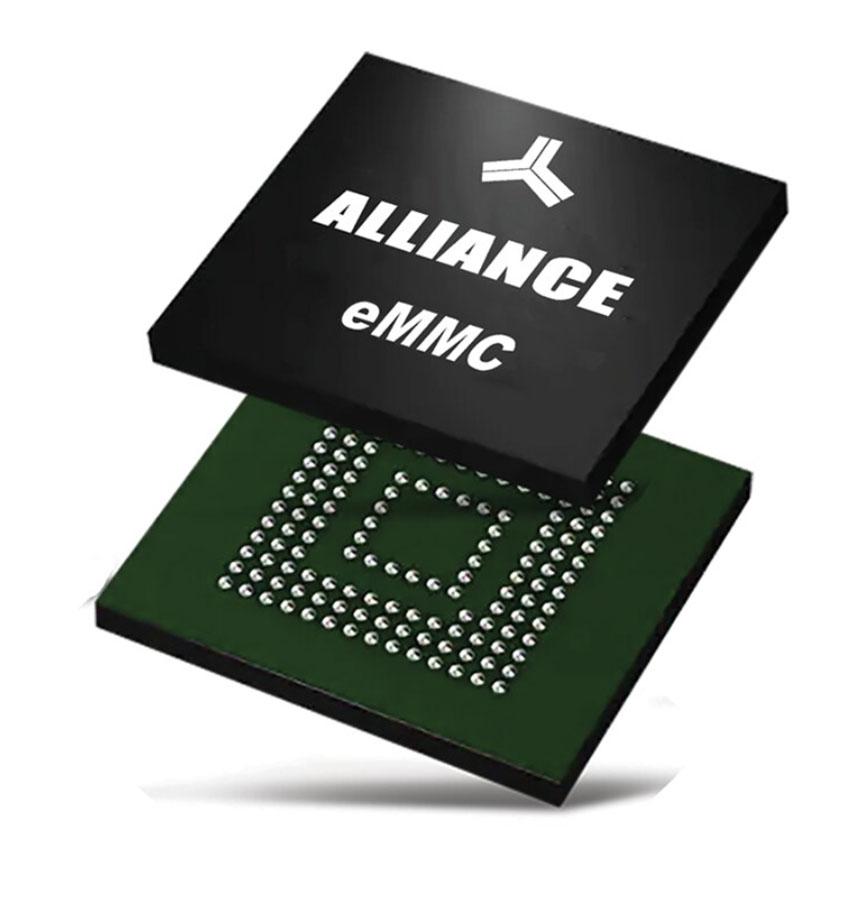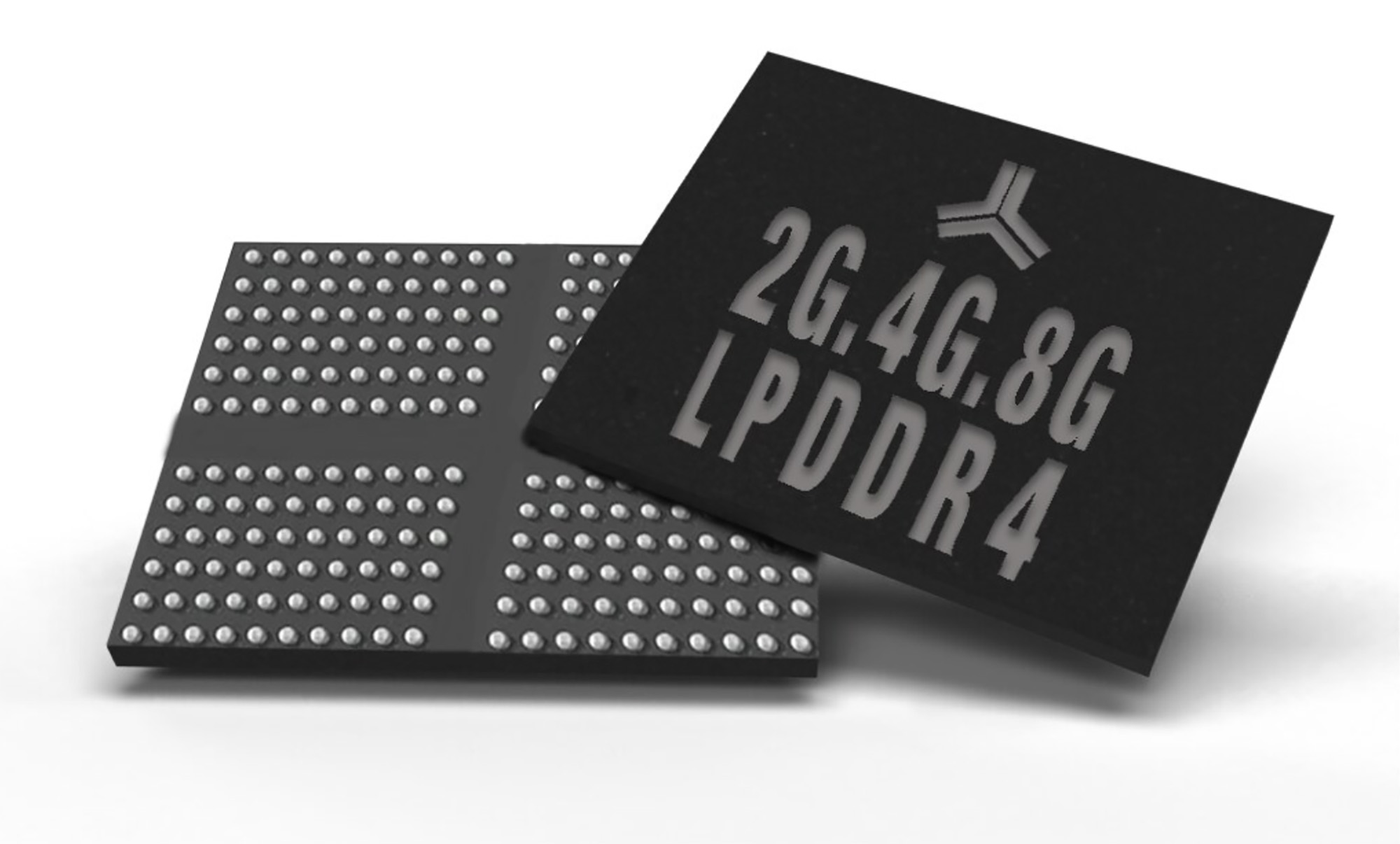Headquartered in Kirkland, Washington — with regional offices in Europe, Asia, Canada, and South America — Alliance Memory is a global provider of critical and hard-to-find memory ICs. Supporting the communications, computing, consumer electronics, medical, military, security, automotive, and industrial markets, our product range includes Flash, DRAM, and SRAM devices with commercial, industrial, and automotive temperature ranges and a variety of densities.
For the last 16 years, they’ve been well-known as a supplier of legacy memory ICs. With minimal die shrinks, these devices provide customers with reliable drop-in, pin-for-pin compatible replacements for numerous similar solutions — eliminating the need for costly redesigns and part requalification. They also partner with other leading manufacturers like Micron Technology to provide supply continuity for their customers utilizing discontinued devices. A good example is the 3V and 1.8V multiple input/output serial NOR Flash memory products, which combine fast read performance up to 133MHz with fast program and erase times. Available in 8-pin SOP wide body (208mils) and 8L WSON (6x5mm) packages, the devices provide reliable, long-term performance with high program/erase cycles and long data retention.
Recently, the company has been focused on ramping up their lineup of DDR3 and DDR4 SDRAMs. Offered in 78-ball and 96-ball FBGA packages, their offering of DDR3 (1.5V) and DDR3L (1.35V) SDRAMs includes 512Mb, 1Gb, 2Gb, 4Gb, and 8Gb devices in x8/x16 bus widths with extremely fast transfer rates of up to 2133Mbps/pin and clock rates of 1066MHz. Alliance Memory has also introduced new “A” die versions of some of our 4Gb DDR4 SDRAMs. Built on a finer process that results in a smaller chip than the originals, the “A” die versions deliver improved performance — with lower power consumption down to +1.2V (±0.06V), faster clock speeds to 1600MHz, and higher transfer rates to 3200Mbps — at a lower cost. The devices are ideal for the industrial, networking, telecommunications, gaming, and consumer markets, for which Alliance Memory is utilizing a dual sourcing strategy to ensure supply longevity. In addition, they’re offering a 16Gb Micron and an Alliance-branded DDR4 SDRAM to provide customers with a high-density option.

This year, they have also expanded the lineup into altogether new product categories for Alliance Memory, like embedded multi-media card (eMMC) solutions. Compliant with the JEDEC eMMC v5.1 industry standard, the eMMC solutions integrate NAND flash memory with an eMMC controller and flash transition layer (FTL) management software in a single package for solid-state storage in consumer, industrial, and networking applications. The devices simplify designs for fast and easy system integration — speeding up product development and time to market — while saving space by eliminating the need for an external controller. The solutions are available with densities of 4Gb and 8Gb, with a 16Gb device coming this December.
In addition to introducing new products, Alliance Memory has also been working to increase their inventory in response to the IC memory shortages and long lead times that have become the norm for our industry over the last few years. For example, they’ve expanded facilities in Taiwan, and the larger space allows us to handle higher volumes of inventory for regional customers, which reduces their lead times. In conjunction with this effort, the company is increasing the workflow efficiency by upgrading the systems used across the organization. Currently, they’re moving to a cloud-based software program that will help them better manage customers, inventory, and other aspects of the business.

As Q3 2022 comes to a close, the best thing that can be said about current memory IC market conditions is that they’re unsettled. The Ukraine war, various material and labor shortages, and general uncertainty about the economy are all factors making the market nervous. Even so, there has been plenty of good news for Alliance Memory. The company had their best month ever in June, and their best POS month ever for a leading distributor in July. And Alliance Memory is gaining even more market share for legacy products as suppliers continue to EOL devices like SRAMs, SDRAMs, and DDR1 and DDR2 SDRAMs — a trend they expect to continue throughout 2022 and beyond as the new era of DDR5 memory chips begins. This is being driven in no small part by the surging demand for datacenters and need for more powerful and faster computing. Even DDR3 SDRAMs are becoming legacy devices, and the uncertainty of their supply has resulted in many customers qualifying Alliance solutions into their designs.

Alliance Memory increased inventory and competitive pricing continue to carry us through this current cyclical market, and the future is looking bright for Alliance Memory and the industry. The company is excited to see the progress that will be made in areas like IoT, 5G, and AI throughout the remainder of 2022 and beyond, and how their solutions will contribute to the evolution of these technologies.
Autor: David Bagby, President & CEO of Alliance Memory.


